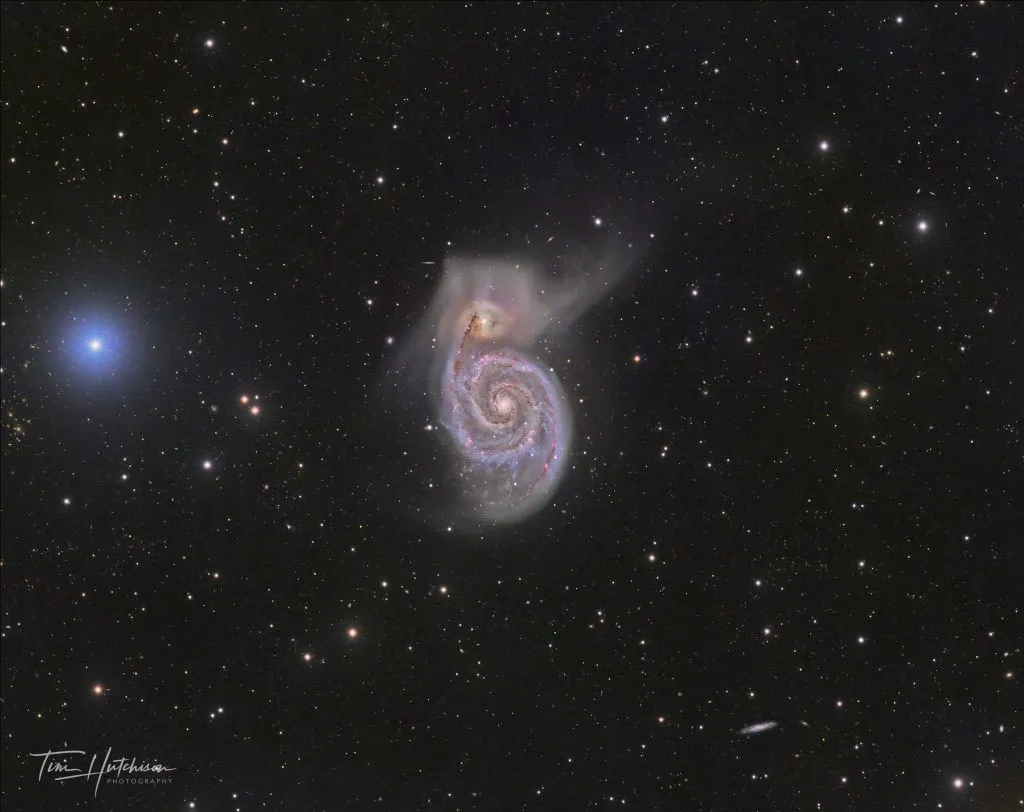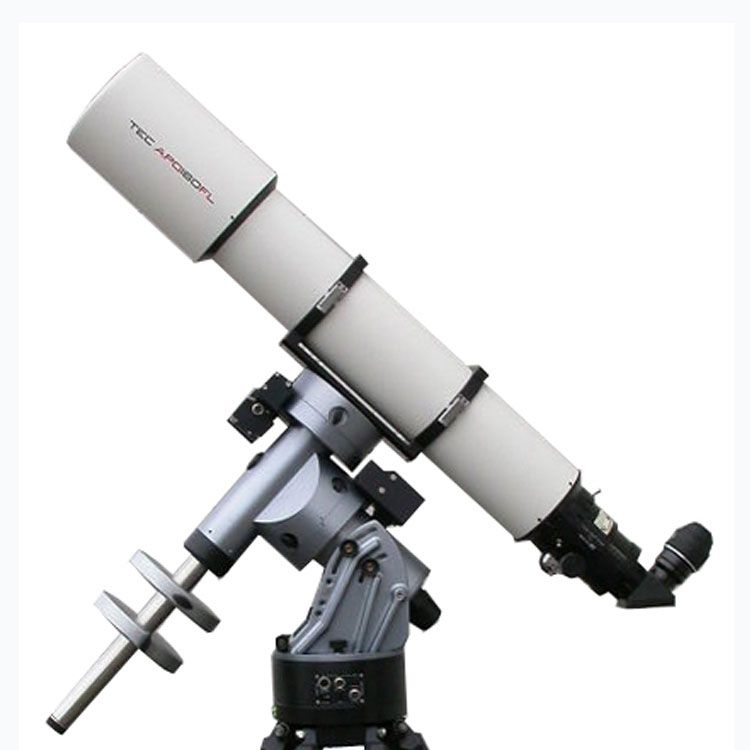Company News

APO250 is coming back
The legendary TEC refractor, known for its 10-inch triplet fluorite optics and observatory-class performance, is making headlines again, APO250 is coming back, offering serious astronomers unmatched clarity, color correction, and visual excellence.
Posted 6/13/2025
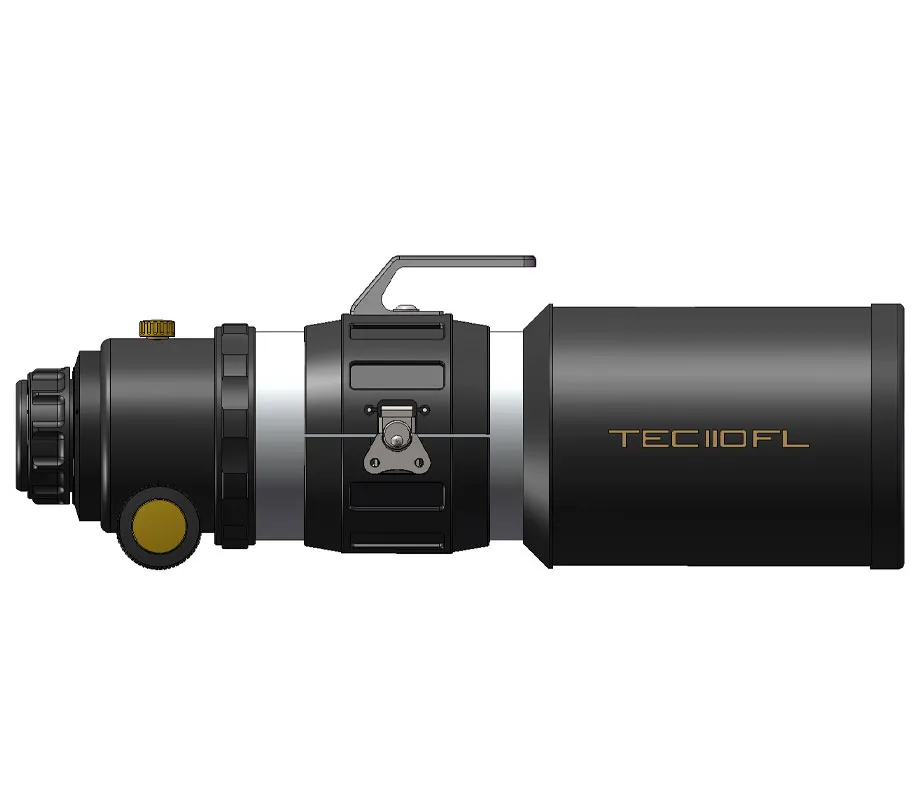
TEC APO110FL Avalanche Project Announcement
A new compact apochromatic refractor, the TEC APO110FL Avalanche, is currently in development, with its design and appearance under review and final details like pricing and availability to be announced as the project progresses.
Posted 5/5/2025

Early gears for seeing Venus atmosphere
The 1761 Venus transit marked a breakthrough in observing Venus's atmosphere, thanks to advancements in telescopes. Astronomers used diverse instruments, from singlet refractors to Dollond's achromatic doublets, revealing fine details like a luminous arc around Venus. Solar activity likely played a key role.
Posted 11/24/2021
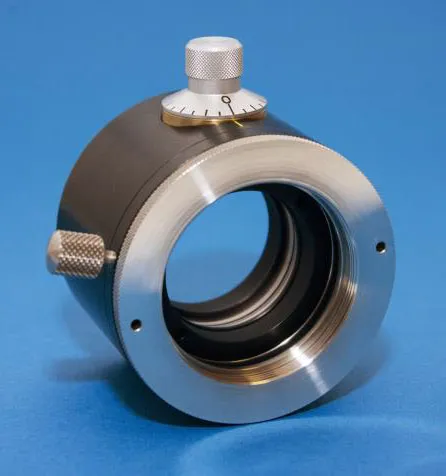
ADC Limited Trial Program
Telescope Engineering Company would like to announce a new 30-day ADC (Atmospheric Dispersion Corrector) trial for TEC customers that may be interested in purchasing an ADC, but unsure if it fits their needs.
Posted 4/9/2021
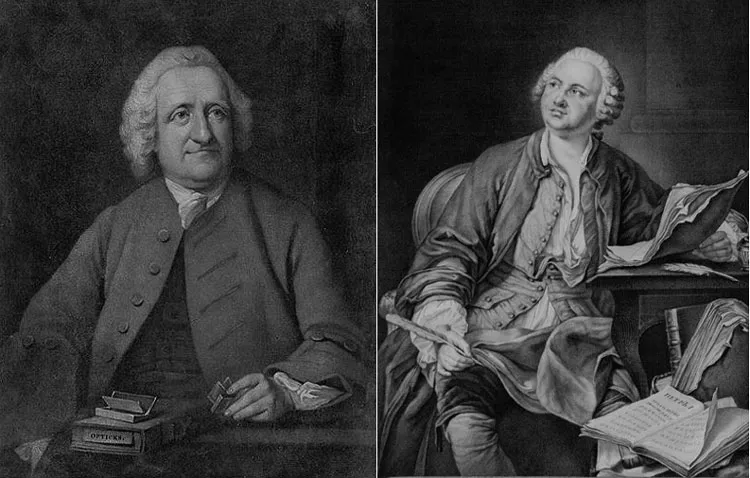
The telescope which discovered the Venuss atmosphere
John Dollond and Mikhail Lomonosov, two 18th-century pioneers, made major discoveries—Dollond’s achromatic telescope and Lomonosov’s identification of Venus’s atmosphere in 1761. Using a Dollond refractor, Lomonosov observed optical effects confirming Venus’s thick atmosphere.
Posted 7/7/2012

The First Telescope
Hans Lipperhey, a spectacle-maker, combined a concave and convex lens into the first telescope. But were both lens types in shops enough to create one? Perhaps he was just checking the convex lens surface? A concave lens shrinks images, unlike a convex magnifier, which forms a Keplerian telescope. So, which came first?
Posted 2/29/2012
